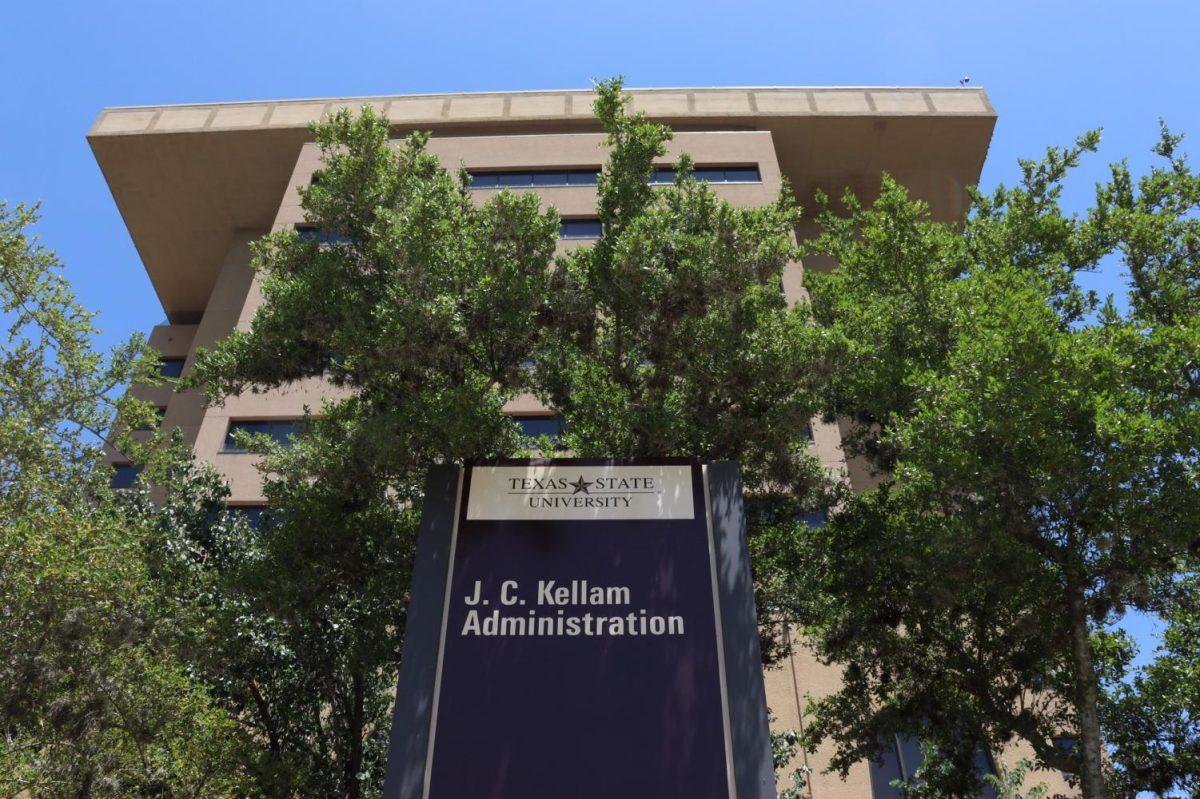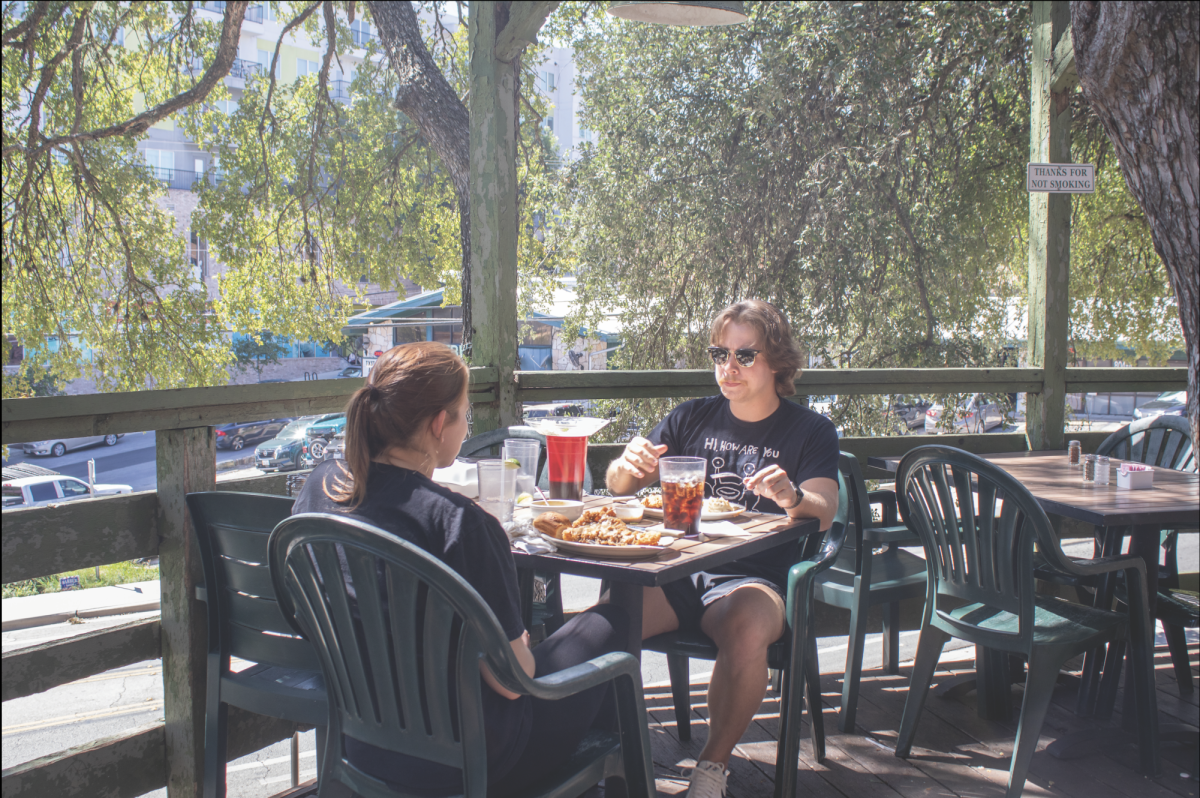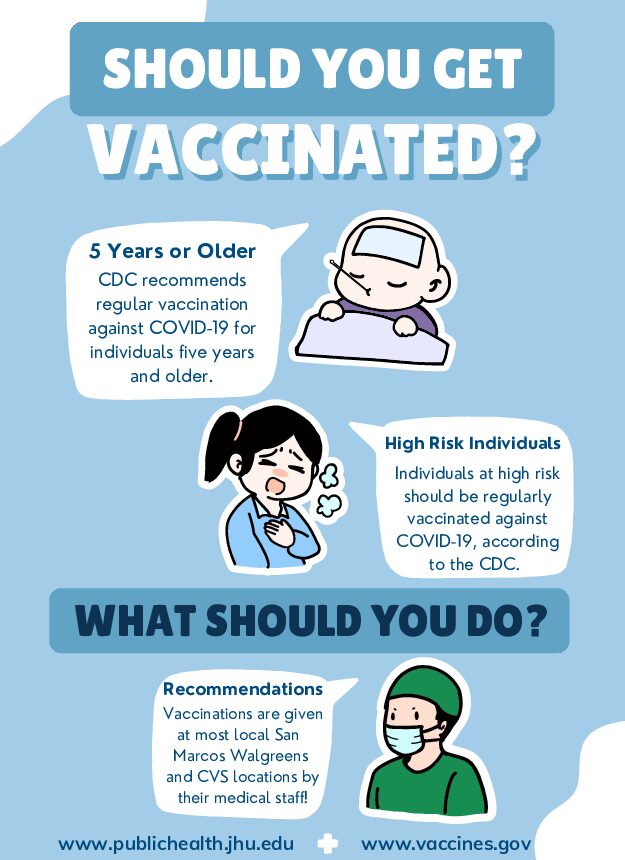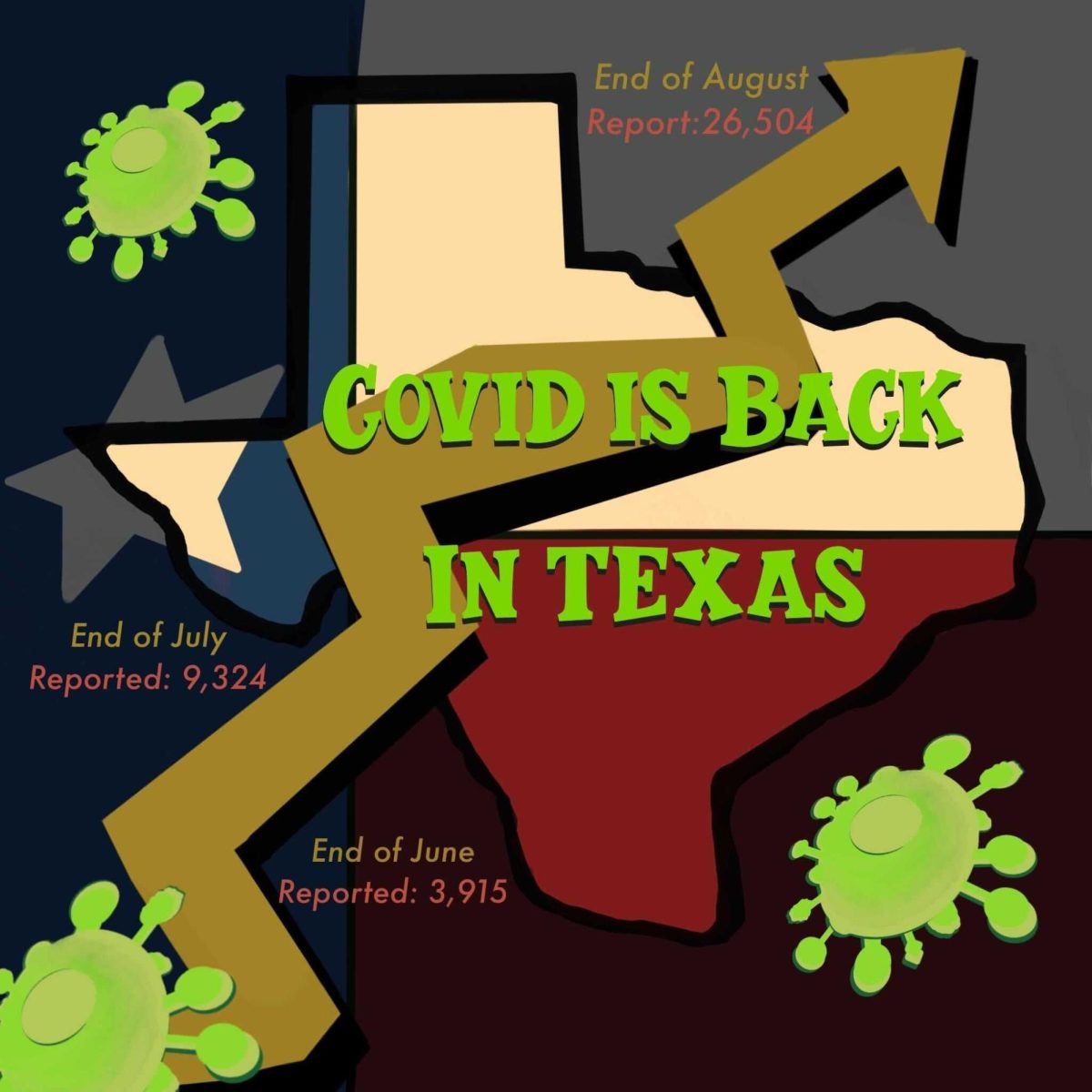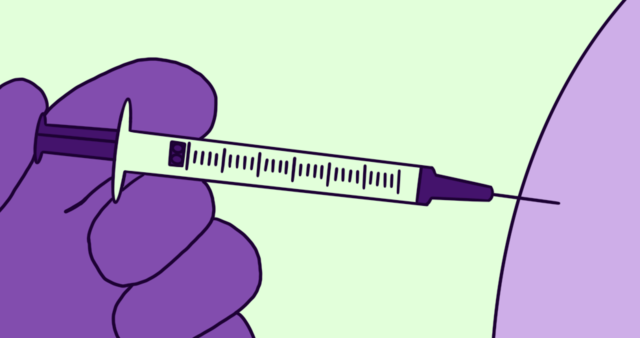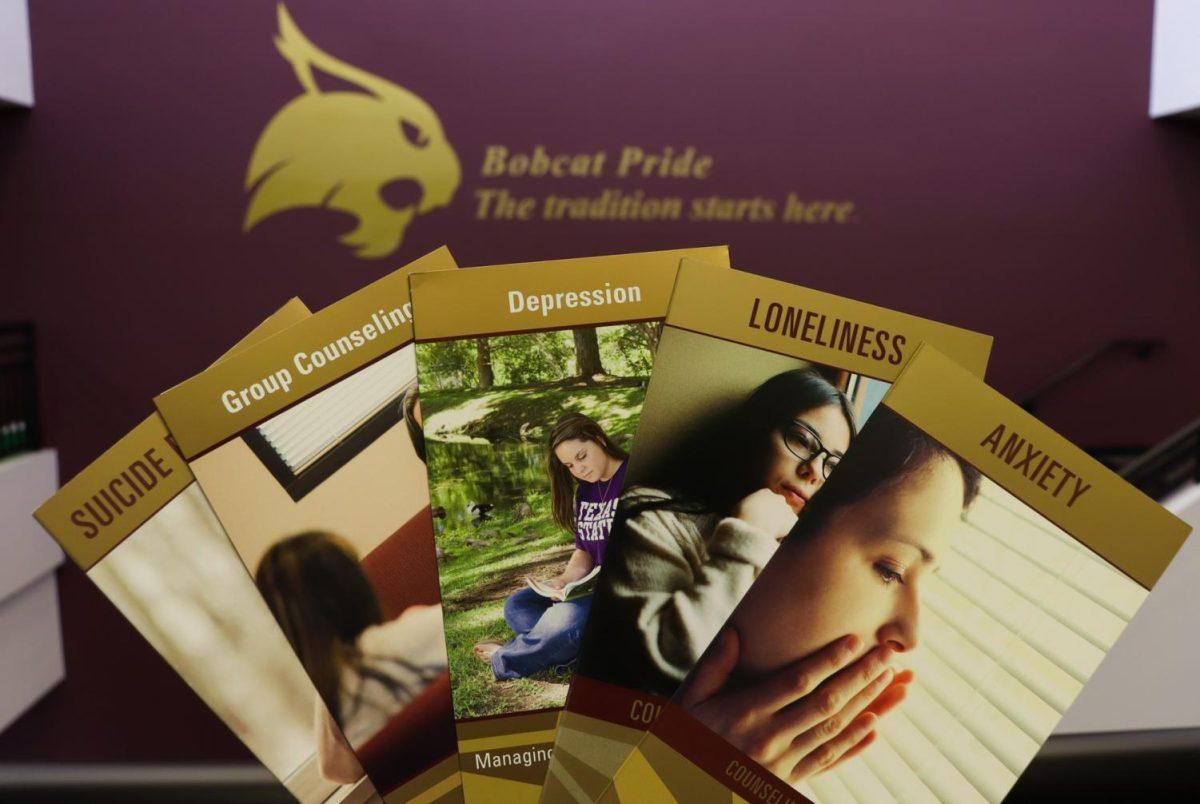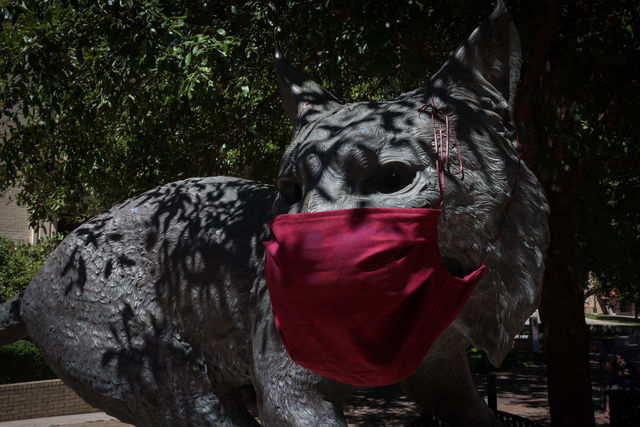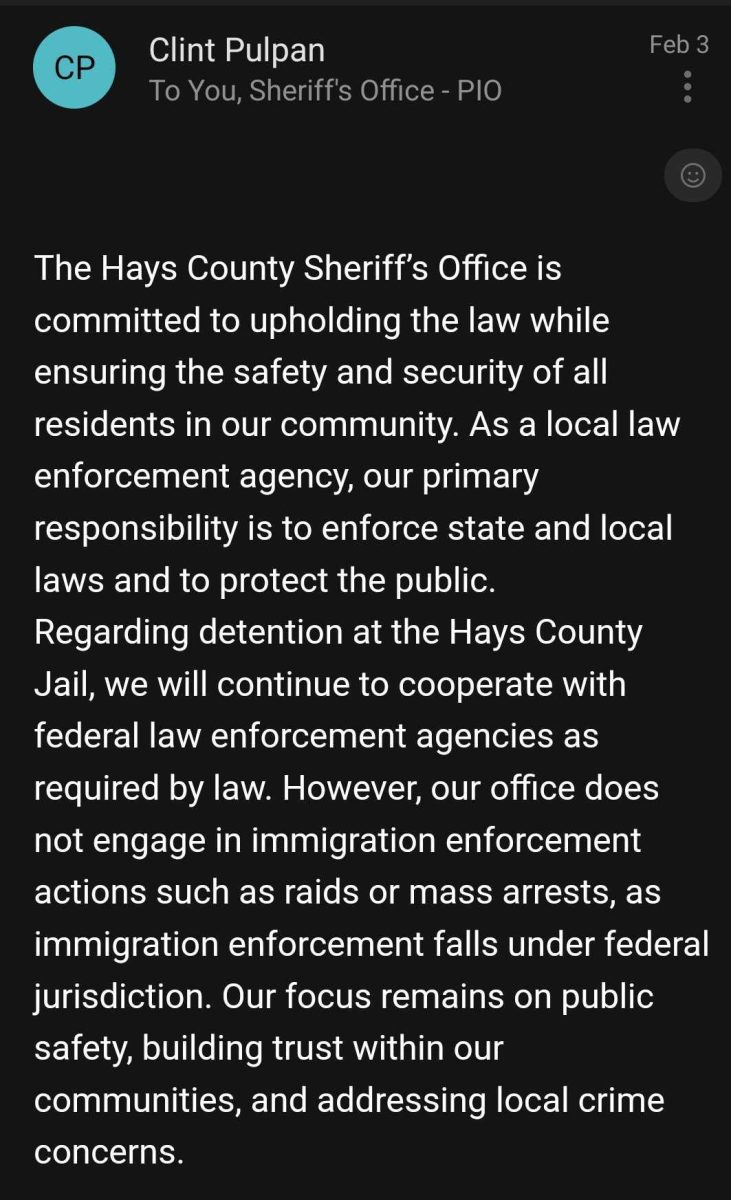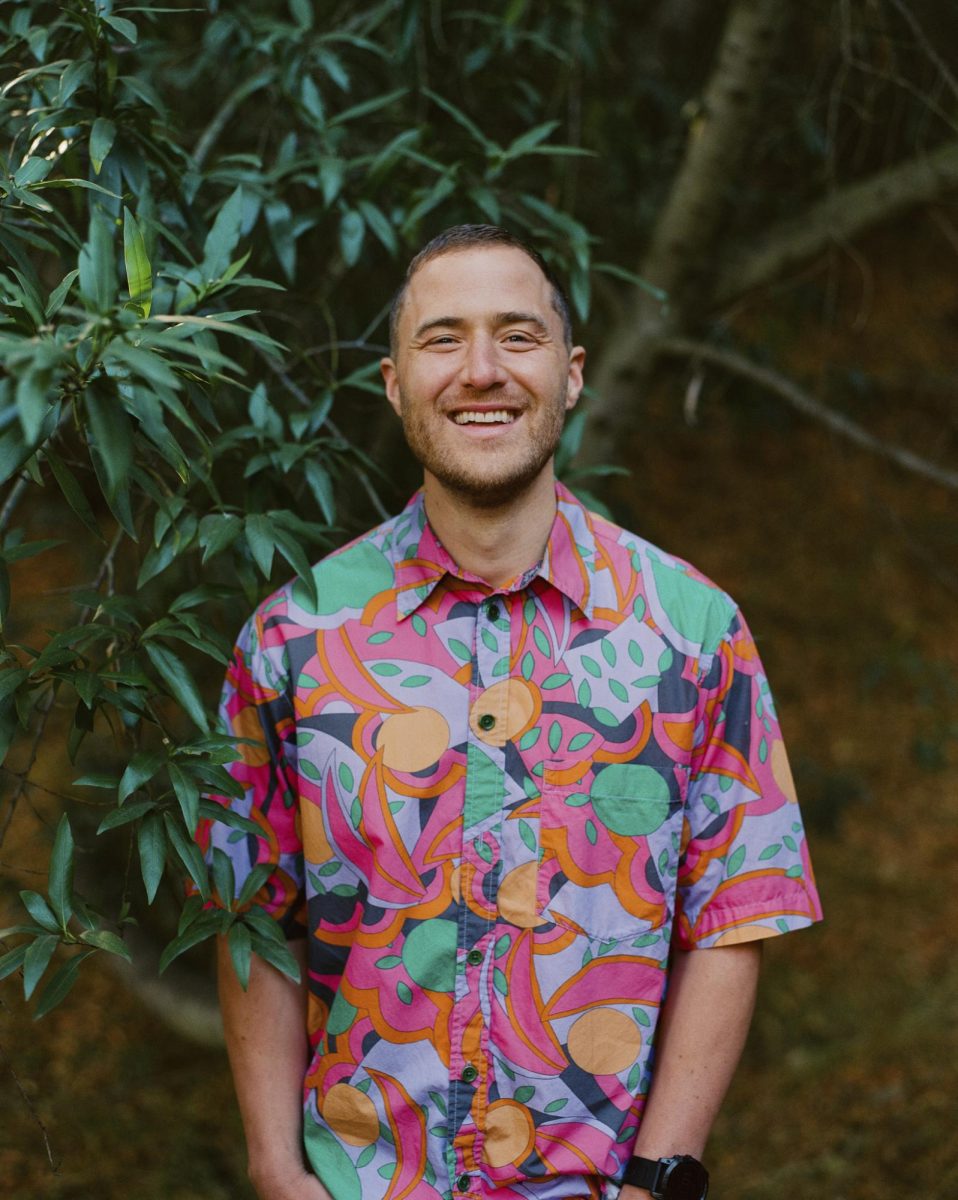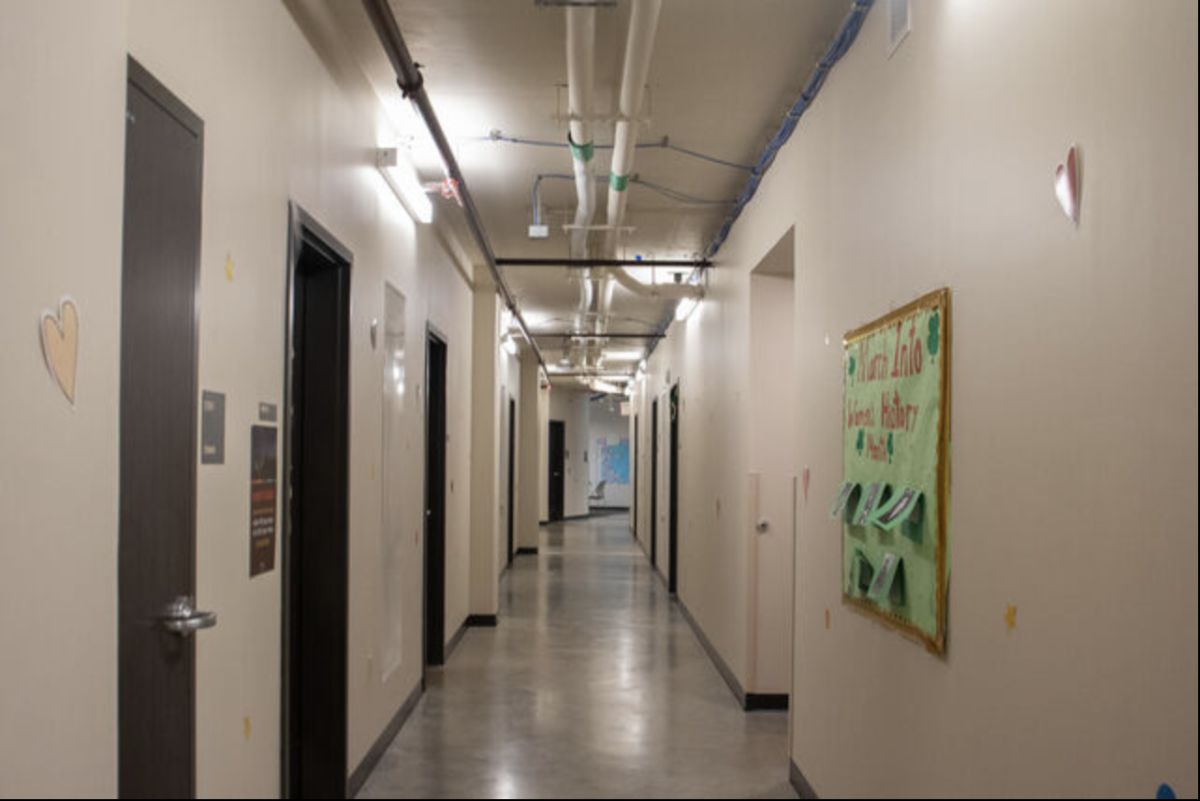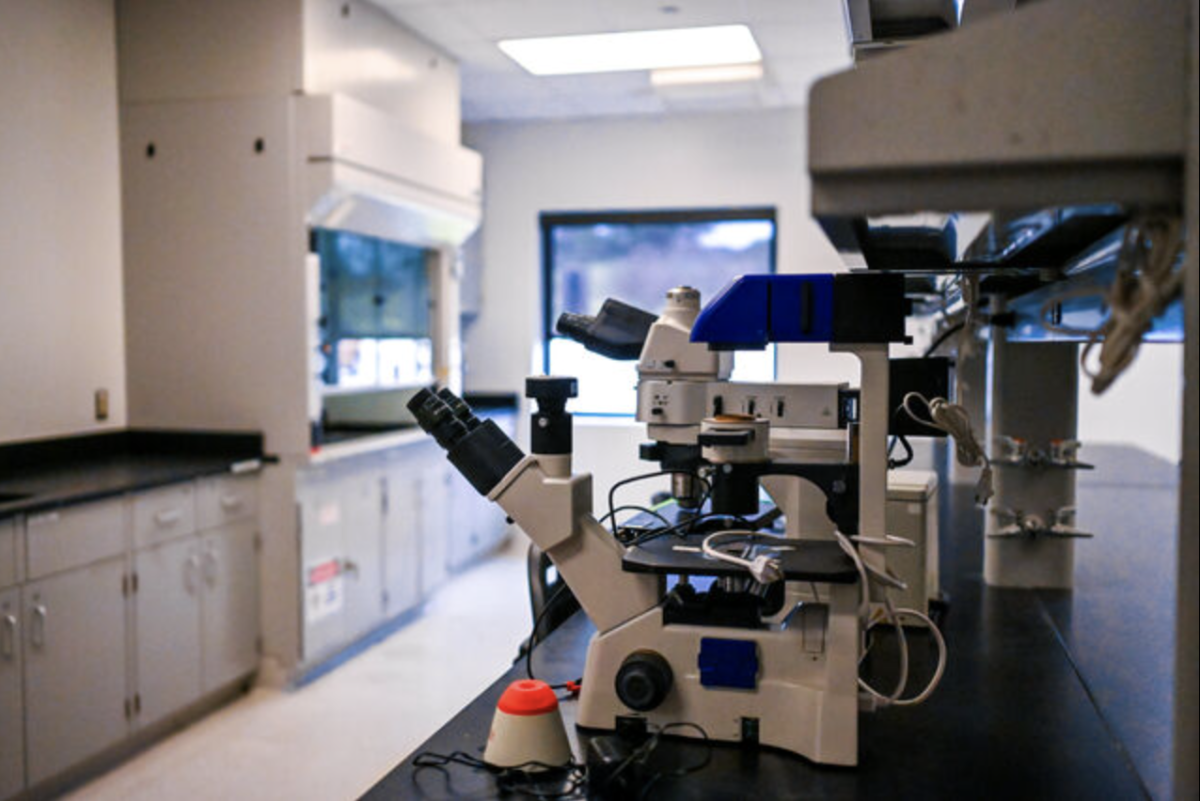Following a letter from Texas State faculty to the administration requesting more autonomy in the university’s plan to bring students back to campus, the administration insisted faculty already have flexibility and doubled down on the effectiveness of current safety procedures.
University President Denise Trauth, Provost Gene Bourgeois and Chief Medical Officer Emilio Carranco—in their response to faculty asking for the choice of course delivery, moving all large classes online and consideration for a more flexible face-to-face return to campus—did agree to communicate with college deans and department chairs to increase flexibility beyond the Centers for Disease Control and Prevention modifications.
“We didn’t fully achieve the first two points of the letter,” said Dr. Janet Bezner, Faculty Senate chair. “I think the things that the administration agreed to will get us closer to that, but I would say we didn’t get our complete ask.”
Faculty have the ability to request modifications for their courses based on the CDC’s list of conditions that may place individuals at higher risk of experiencing serious illness or complications from COVID-19. This includes individuals who are 65 or older, pregnant or have underlying medical conditions.
Granting the senate’s request to allow faculty the ability to independently determine their course delivery module would allow those who do not meet CDC guidelines to conduct online courses. Currently, faculty must consult with department chairs if they wish to modify their course delivery.
Dr. Rachel Davenport, a Faculty Senate member, says the senate feels as if no progress has been made.
“Many of the chairs actually said, ‘I regret having to do this, I would like for you to be able to go online, but I feel like my hands are tied,’” Davenport said. “We’re not just seeing that faculty are getting to collaborate with their chairs — what we’re seeing is that chairs feel like they have to make certain choices, and they just don’t have the latitude to be flexible.”
Bourgeois intends to communicate with the college deans and department chairs, insisting there is room for collaboration between faculty and directors.
“You put the three [modification requirements] together, and it basically opens it up to conversation between the faculty member and the chair director,” Bourgeois said. “They’ve got to agree to it in the end, but the flexibility is there for the chair and the director to come up with a decision and not hold them strictly to the CDC guidelines.”
In a series of polls conducted by the senate, 121 faculty members stated they would prefer to teach entirely online but were uncomfortable with requesting modifications.
Dr. Gwynne Ash. a senate member, says she is frustrated that the administration pushed workplace modification decisions to the department level and did not monitor to guarantee equability.
“There are lots of ways inequities could come out: Non-tenured faculty versus tenured faculty who might be able to speak of concerns more comfortably, and BIPOC faculty who are at higher risk, at least from the data that we understand,” Ash said.
In response to faculty expressing discomfort with approaching department chairs, Trauth says she “doesn’t know what to say.”
“We need to reinforce the fact that faculty need to go to their chairs and directors and talk about this,” Trauth said. “We don’t know who [the 121 faculty members] were, so we have no idea whether they [asked for accommodations or not].”
The senate’s poll results also show 615 members are somewhat, fairly or extremely concerned about students adhering to mask and social distancing guidelines on campus. The university released a compliance and enforcement policy for following the health guidelines, but senate members criticized the policy for relying on faculty to confront students who do not follow the guidelines.
The current policy states if a student does not abide by health and safety regulations, instructors may ask the student to leave the classroom. Faculty may refer students to the Dean of Students’ office for further disciplinary review.
Bezner says since the first steps of the policy involve faculty confrontation, it creates the potential for a hostile situation in the classroom. She says the administration is creating training to help faculty become more comfortable in this type of scenario but is unsure how realistic training is before the start of the fall semester.
“I believe that not all faculty will be comfortable calling students out as we are being asked to,” Bezner said. “It’s hard to do that in a classroom without sort of making a scene because we don’t want to walk up to the person who doesn’t have on a mask for obvious reasons. I think some faculty are very skilled at handling those situations, and I think others are not.”
Bezner says the third point in the senate’s letter to the administration urging a flexible face-to-face return was not honored but is still in play due to changing COVID-19 conditions in the county.
“[The administration] made the decision at the last minute to keep summer II online because of what was happening with a number of cases in our area,” Bezner said. “If things are looking really bad in a number of ways, you know, more cases on campus, cases that they know have been transmitted on campus, more cases in the area, hospital bed shortages, things like that… I think they will make a different decision.”
On July 2, the day Texas State announced summer II classes would be moved to online delivery, San Marcos reported 1,558 active COVID-19 cases amid a significant daily increase in positive cases. On Aug. 12, San Marcos reported 1,240 active cases.
Carranco says the COVID-19 situation in Hays County has evolved since the university’s decision to move summer II classes online. He says it appears cases in the county have “plateaued” and are beginning to decline.
“We still have two weeks,” Carranco said. “So what we’re hoping is that we will continue to see a steady decline in case counts and positivity rates and that there’s nothing else that comes into the picture,” Carranco said.
Carranco says the administration feels it is in a much better position now than a month ago. He says starting face-to-face classes doesn’t mean it’s “full steam ahead,” indicating that the situation on campus is going to be monitored daily.
“If we start this, and we start to see evidence of a problem: Case counts going up, positivity rates going up and probably the most significant thing, ‘do we have any evidence of campus transmission?’— if we start to see that, then I would say that the President’s Cabinet will be making decisions about whether we need to change course,” Carranco said.
Details on the administration’s plan to safely resume campus activity are available in Texas State’s Roadmap to Return.
Categories:
Administration responds to faculty request for more course delivery control
August 13, 2020
Faculty course modification requests were originally due for submission by Aug. 1. Deliberation regarding course delivery flexibility continues well past this deadline as faculty struggle to come to agreements with department chairs. Photo credit: Rebecca Harrell
0
Donate to The University Star
Your donation will support the student journalists of Texas State University. Your contribution will allow us to purchase equipment and cover our annual website hosting costs.
More to Discover



